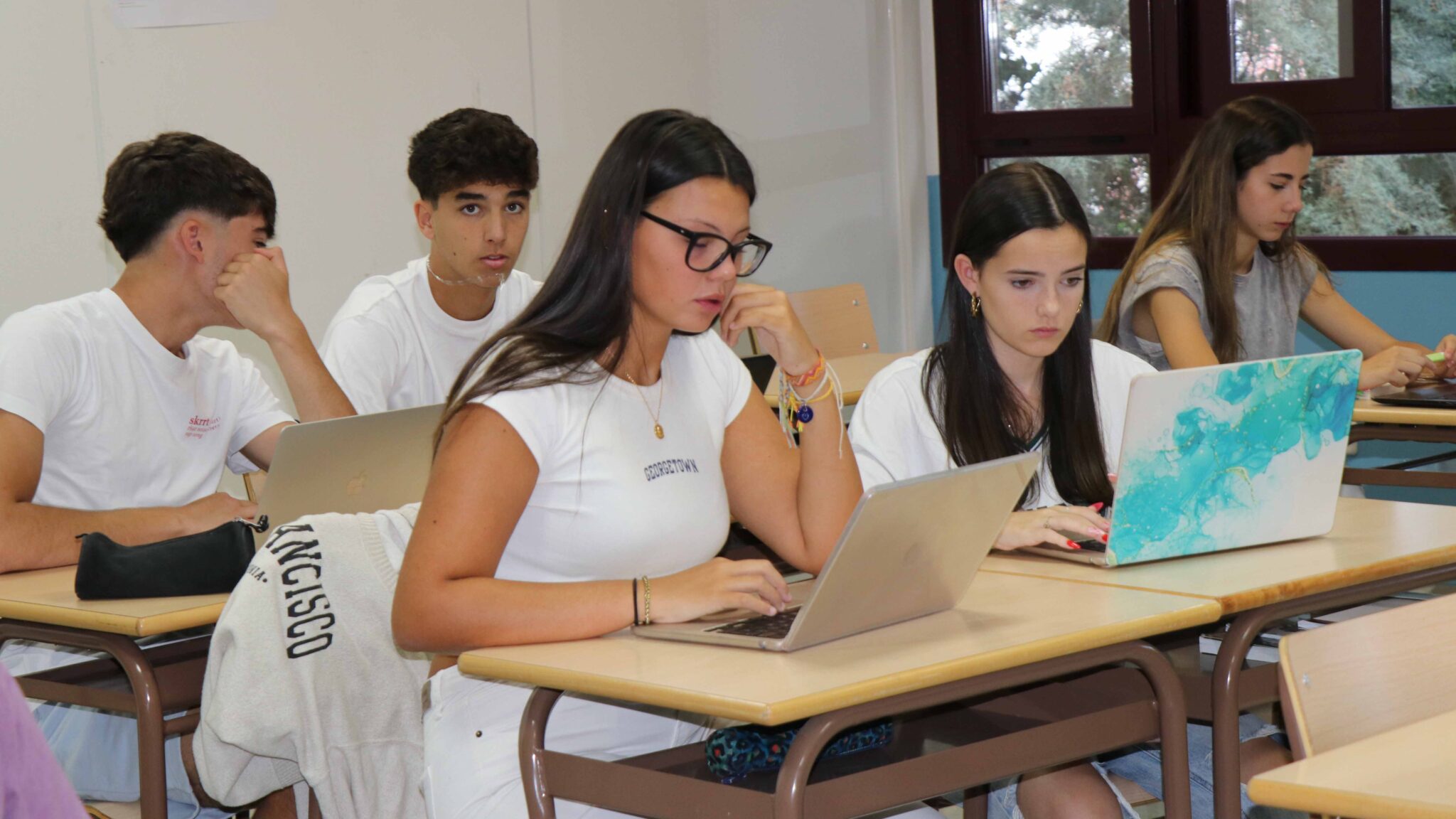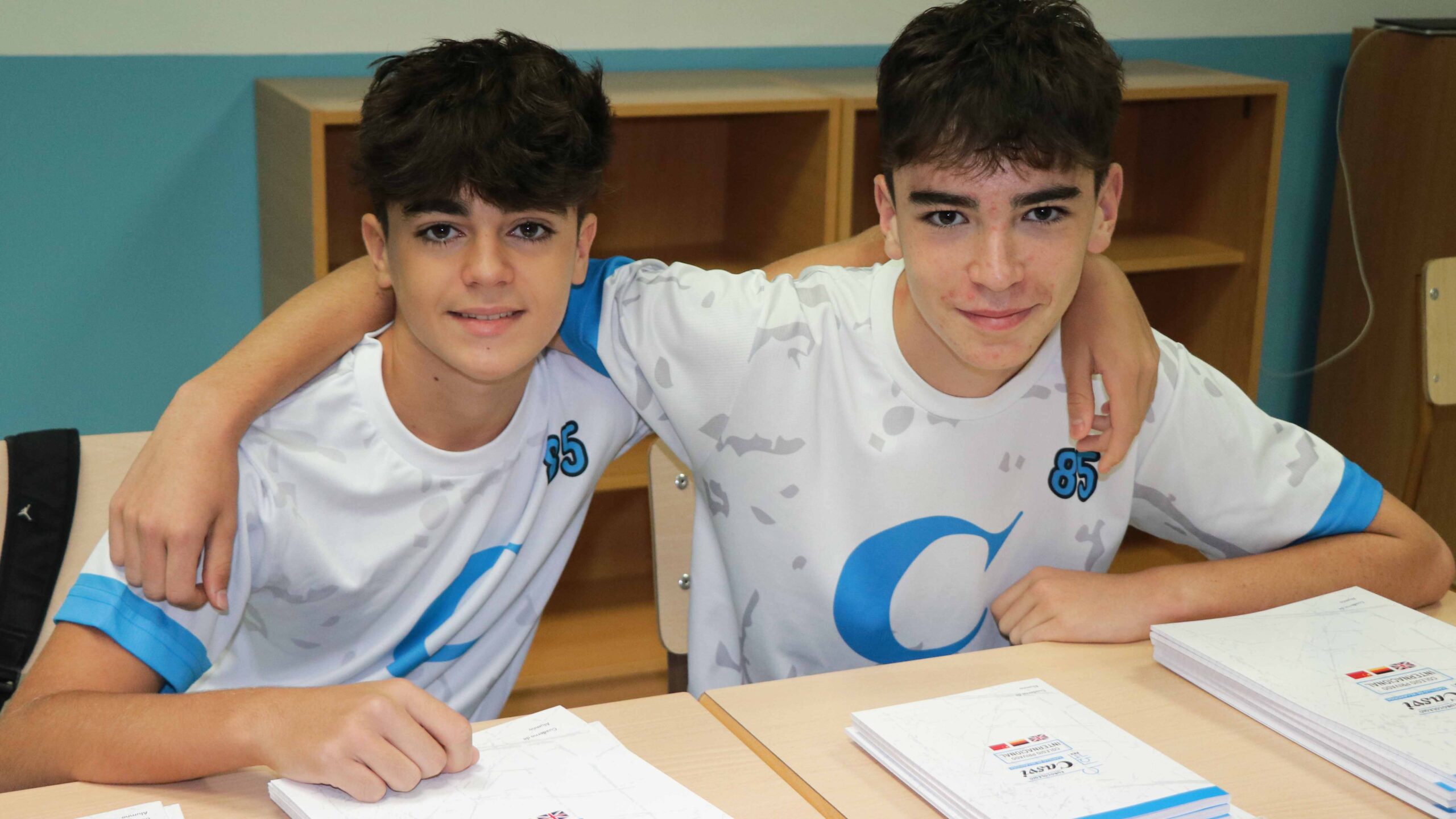Every start of the school year is accompanied by a shopping list that generates concern among families: what school supplies do children really need according to their age?
The challenge is not only financial, but also organisational. Many parents ask themselves: What is the best way to organise school supplies at home? What is the best way to label school supplies to prevent them from getting lost?
CONSEQUENCES OF CHOOSING THE WRONG SCHOOL SUPPLIES
Excessive expenditure or the purchase of low-quality materials can have negative effects:
- Disorganisation at home and in class.
- Constant loss of objects due to lack of identification.
- Impact on pupils’ concentration.
- Higher expenditure in the medium term.
In fact, how much money is spent on average per student per year on school supplies? According to the OCU (2023), the average expenditure in Spain is between 100 and 200 euros per student at the beginning of the school year alone, not counting replacements during the year.
This shows that choosing smart school supplies is not only practical, but also economical.
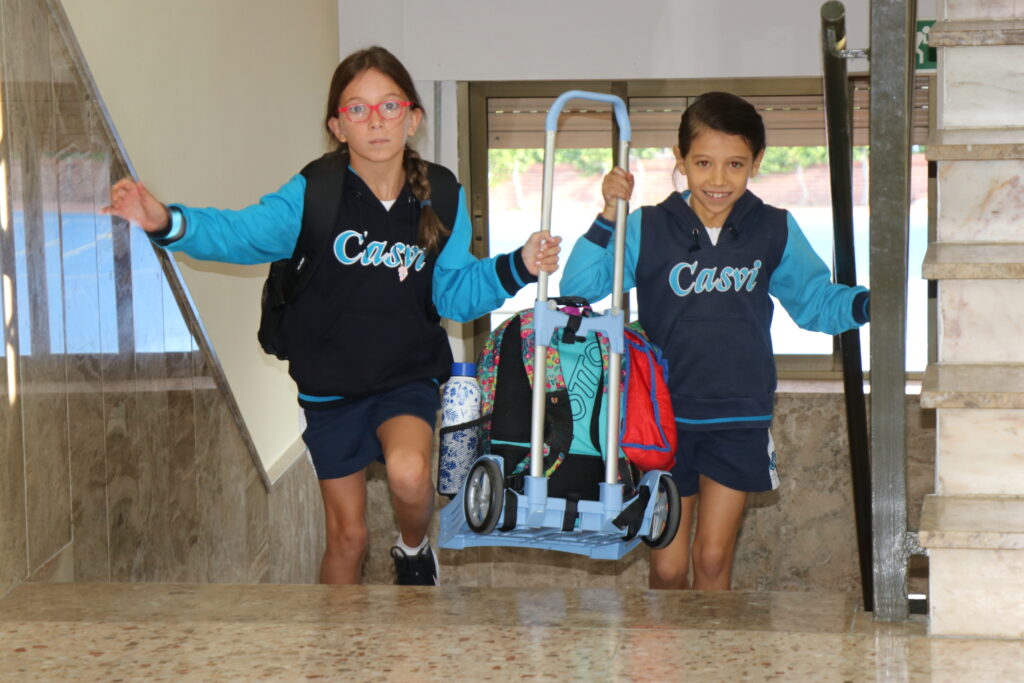
PRACTICAL GUIDE TO SMART SCHOOL SUPPLIES BY AGE
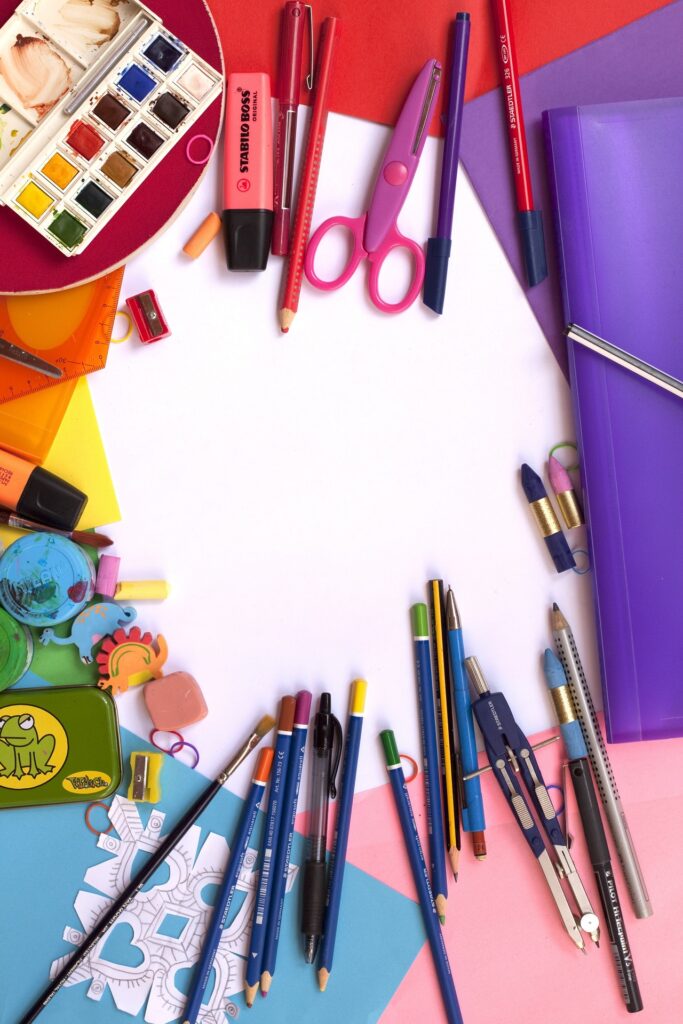
PRESCHOOL EDUCATION (3-6 YEARS OLD): FIRST TOOLS
- Basic items recommended in Preschool Education: thick pencils, soft crayons, round-tipped scissors, glue sticks, notebooks with sturdy sheets, tablet…
- Organisation at home: coloured boxes with pictures so that children can learn to identify where to keep everything.
- Sustainability: choose natural crayons, recycled pencils and lightweight backpacks.
PRIMARY EDUCATION: 6-12 YEARS OLD): APRENDER A SER RESPONSABLES
- Basic items recommended for Primary School: complete pencil case (pencils, pens, wooden colours, ruler, basic compass), ruled notebooks and classification folders.
- Organisation:
- What is the best way to organise school supplies at home? → A fixed desk with trays for each subject and a dedicated drawer for each child.
- Quality:
- What quality characteristics should I look for when buying school supplies? → Hard cover notebooks, sturdy pencils and ergonomic backpacks.
SECUNDARY EDUCATION (12-16 YEARS): AUTONOMY AND EFFICIENCY
- Basic items recommended in secondary education: scientific calculator, advanced compass, highlighter pens, folders with dividers, coloured pens, tablet, etc.
- Cost saving:
- What tips do you have for saving money on your purchase? → Buy in bulk (sheets of paper, pens), reuse folders and use refills.
- Labelled:
- What is the best way to label school supplies to prevent them from getting lost? → Usar etiquetas adhesivas resistentes al agua o marcadores permanentes en estuches y mochilas.
BACCALAUREATE AND BEYOND: FOCUS ON THE ESSENTIALS
- Basic items recommended for Baccalaureate: diaries, large filing cabinets, smooth writing pens, electronic devices (tablets or laptops).
- Sustainability:
- What kind of school supplies are the most environmentally friendly and sustainable? → Recycled paper notebooks, refillable pens and backpacks made from recycled fabrics.
- Economic balance: the use of digital resources can reduce the purchase of notebooks and paper by up to 30%.
FREQUENTLY ASKED QUESTIONS ABOUT SCHOOL SUPPLIES
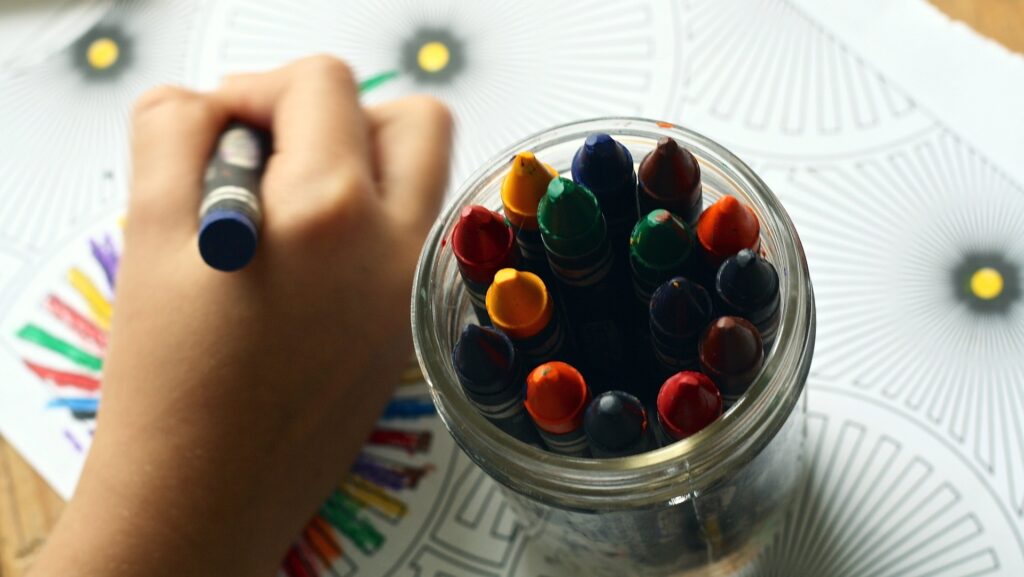
1. WHAT IS THE BEST WAY TO ORGANISE SCHOOL SUPPLIES AT HOME?
With a fixed workspace, sorting boxes and trays by subject.
2. HOW MUCH MONEY IS SPENT ON AVERAGE ON SCHOOL SUPPLIES PER STUDENT PER YEAR?
Entre 100 y 200 euros por alumno, según la OCU, aunque puede aumentar en función del ciclo educativo.
3. WHAT TIPS DO YOU HAVE FOR SAVING MONEY WHEN SHOPPING?
Comprar al por mayor, reutilizar material de años anteriores y optar por productos recargables.
4. WHAT IS THE WAY TO LABEL SCHOOL SUPPLIES TO PREVENT THEM FROM GETTING LOST?
Waterproof labels, textile or permanent markers, always with the name and year of the pupil.
5. WHAT QUALITY CHARACTERISTICS SHOULD I LOOK FOR WHEN I BUY IT?
Durability, ergonomics, strength and sustainability.
6. WHAT TYPE OF SCHOOL MATERIAL IS MORE ENVIRONMENTALLY FRIENDLY AND SUSTAINABLE?
Recycled notebooks, pencils made from certified wood, refillable pens and backpacks made from recycled materials.
HOW DO WE DO IT IN CASVI VILLAVICIOSA?
At Casvi Villaviciosa we know that the choice of school material is not a minor detail: it influences the organisation, motivation and learning of the students. For this reason, our teachers and counsellors accompany families with these actions, among many others:
- Personalised guides according to the educational stage.
- Workshops on organising material so that pupils can develop autonomy.
- Promoting sustainability by incorporating recycled and digital products into everyday life.
Discover how at Casvi Villaviciosa we help your children to make the most of their smart school materials and boost their skills.
